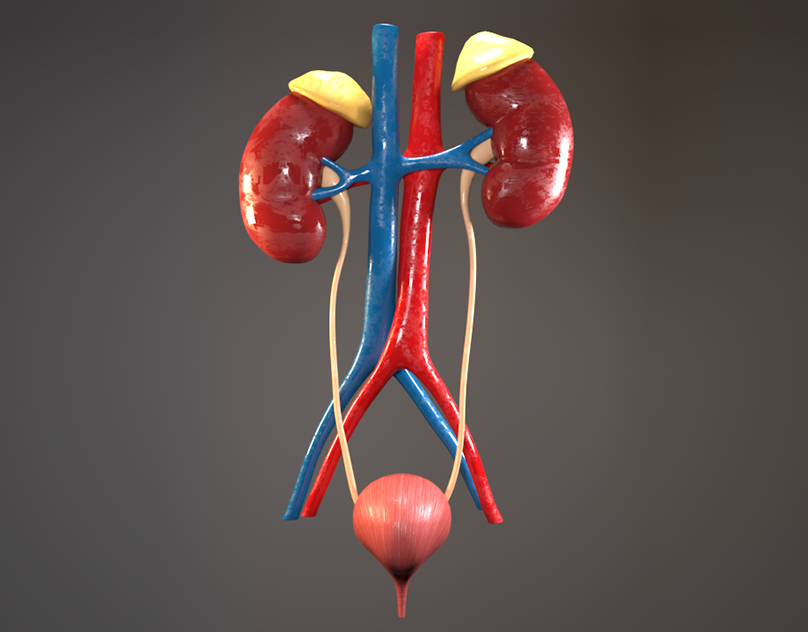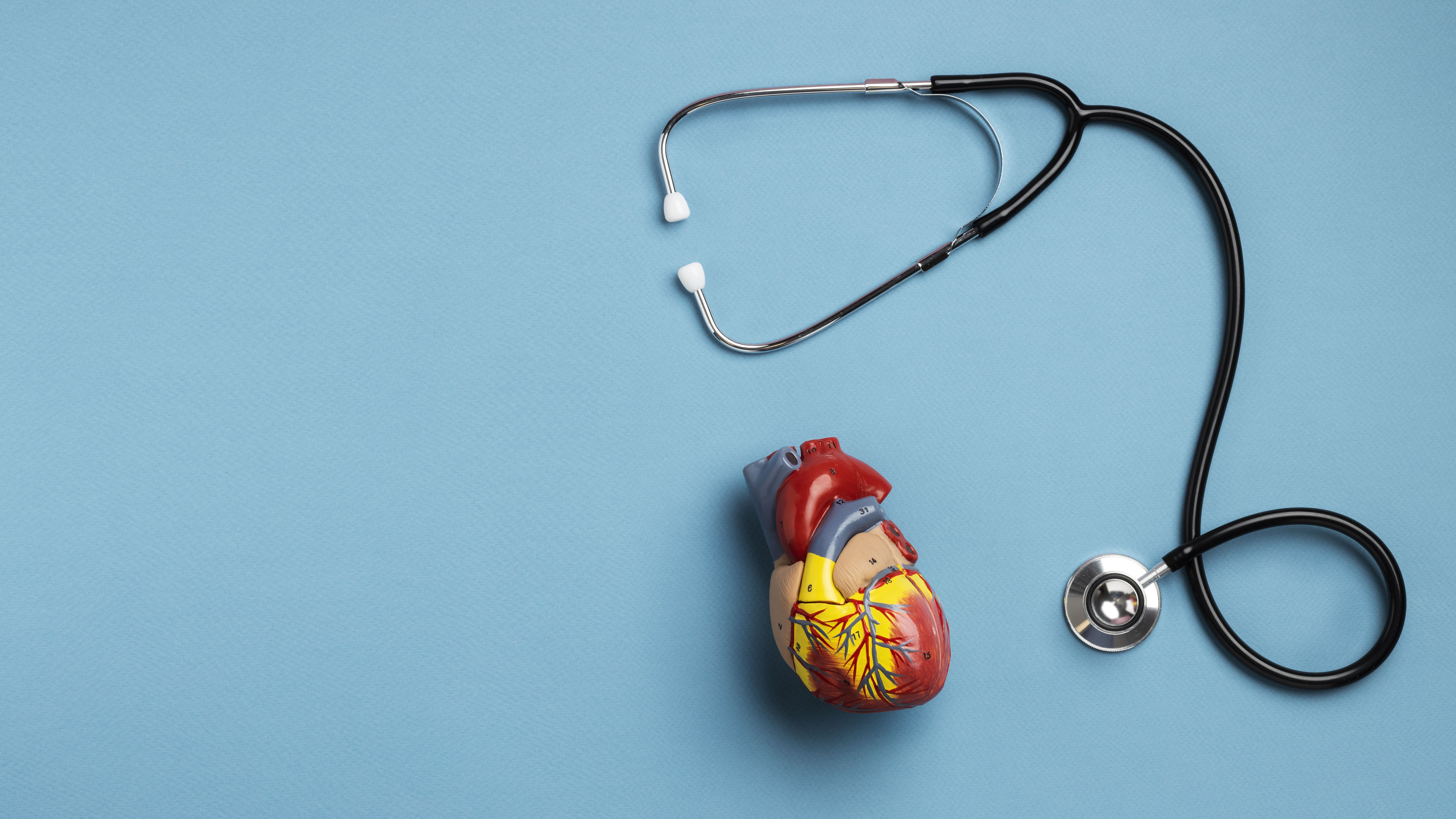
Urinary Tract Infection – Causes, Symptoms and Treatment Options
March 13, 2024
Overview
A UTI or urinary tract infection is caused by bacteria or other organisms that affect any part of the urinary tract. The bacterium Escherichia coli commonly causes it, but fungi, viruses, and parasites can also cause UTI. It can cause pain, and many other symptoms, such as fever, chills and sores. The most common treatment is antibiotics, medicines that destroy bacteria. Let’s read further to understand more about it.
What is a Urinary Tract Infection?
UTIs happen when bacteria get past the body’s defences and infect the lining of the bladder and urethra. This can cause pain, burning, and a feeling that you need to pee more often. Drinking lots of water and using sanitary products that prevent leakage can help reduce the chances of getting a UTI.
Symptoms
The common symptoms of urinary tract infection include:
- a strong, persistent urge to urinate,
- a burning sensation while urinating,
- passing frequent, small amounts of urine,
- cloudy or strong-smelling urine,
- pain or discomfort in the lower abdomen or back,
- fatigue or fever, and
- pelvic pain in women.
Causes
UTIs can occur due to a variety of reasons, but some of the most common causes are listed below.
- The presence of bacteria (E. coli) in the urinary tract is often the cause of a UTI. The bacteria can enter the urinary tract through the urethra and cause an infection.
- Poor hygiene, such as improper wiping after bathroom use, can cause UTIs. This is because the bacteria from the anus can quickly spread to the urinary tract.
- Sexual activity can also increase the risk of UTI. Bacteria can be introduced into the urinary tract during sexual intercourse.
- Some people are more likely to get a UTI than others, such as women during the time of their menstrual cycle or pregnant women.
Diagnosis
To diagnose a urinary tract infection, a healthcare provider may start by taking a thorough medical history and conducting a physical exam. They may then order laboratory tests such as a urinalysis or urine culture to confirm the presence of bacteria in the urine.
In some cases, imaging tests such as an ultrasound or CT scan may be recommended to check for any abnormalities in the urinary tract that could be causing recurrent infections.

It is essential to seek medical attention if the patient suspects a urinary tract infection, as prompt diagnosis and treatment can prevent complications such as kidney damage and sepsis. UTIs can lead to recurrent infections and chronic kidney disease if left untreated.
Treatment Options
Early treatment can stop the infection from spreading to the kidneys or bladder, and it can also prevent it from recurring. Generally, the treatment typically involves antibiotics and other supportive measures to relieve symptoms such as pain and discomfort.
Antibiotics – These medications quickly clear the infection and are safe for most people. Some commonly used medicines include ceftriaxone, trimethoprim, nitrofurantoin and cephalexin. Not taking the entire course of medication increases the risk of a returning infection and antibiotic resistance, so always take medicines as prescribed by doctors. Drinking plenty of water and avoiding irritants like caffeine and alcohol can also help alleviate symptoms. In some cases, more severe UTIs may require hospitalisation and intravenous antibiotics.
Prevention
To prevent a UTI, you should:
- Maintain good hygiene,
- Drink more water,
- Avoid holding urine for too long,
- Wipe from front to back after using the bathroom,
- Urinate after sex,
- Avoid the use of irritating feminine products, and
- Take probiotics or cranberry supplements.
Conclusion
Urinary tract infections are a common health problem that can cause discomfort and pain. Knowing UTI symptoms and taking steps to prevent them can help patients stay healthy and avoid complications. If you suspect they have a urinary tract infection, you should see a doctor for diagnosis and treatment.













